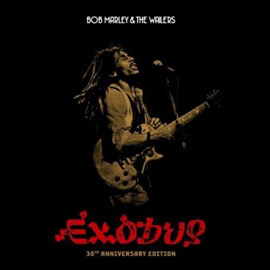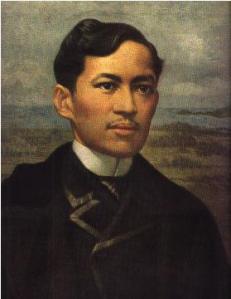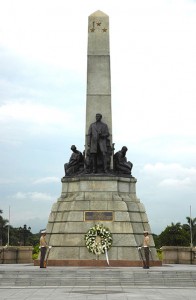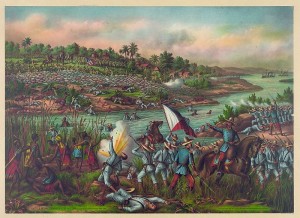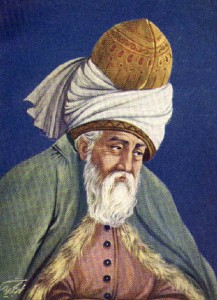June 16
June 16 is Bloomsday (also Blooms Day) in Dublin, but it’s not a spring or solstice festival and it has nothing to do with Irish wildflowers.

No, Bloomsday honours Leopold Bloom, who spent a day traipsing through the streets of Dublin on June 16, 1904—in James Joyce’s classic novel Ulysses.
Each year on Bloomsday, Joyce lovers retrace the steps of the fictional characters Leopold Bloom and Stephen Dedalus. Many old landmarks remain, though their functions may have changed:
“The house at 7 Eccles Street [Bloom’s home] now serves as home to part of the Mater Hospital Private Clinic… All Hollows Church, now Saint Andrews Church, still stands, as does the chemist shop where Bloom purchased a bar of lemon soap… Bella Cohen’s brothel now serves as a retreat house for Sisters of Our Lady of Charity.”
Martello tower in Sandycove now hosts the James Joyce Museum. Here, and along O’Connell Street, aficionados begin Bloomsday by enjoying a hearty breakfast, emulating that of Leopold Bloom…although many choose to skip the “grilled mutton kidneys which gave to his palate a fine tang of faintly scented urine” in favor of extra sausages and Guinness.
First published in its entirety in 1922, most of Ulysses had been serialized in Margaret Anderson’s The Little Review from 1918 until 1920, the year it was banned in the U.S. due to frank descriptions of bodily functions and sexuality, as well as its commentary on organized religion and social mores.
In the 1933 New York Court case United States v. One Book Called Ulysses, Judge John Woolsey overturned the ban, declaring that the story:
“did not tend to excite sexual impulses or lustful thoughts but that its net effect on [my colleagues] was only that of a somewhat tragic and very powerful commentary on the inner lives of men and women.”
Ulysses was the original ‘24‘, and Bloom its Jack Bauer. Each of its 18 chapters documents approximately one hour in the life of Leopold Bloom (though the first few chapters follow Stephen Dedalus). The entire novel takes place in under 24 hours, beginning around 8:00 am on Thursday, June 16, 1904, and ending before dawn the next day.
With its stream-of-consciousness narrative, Ulysses was both a watershed moment in 20th century literature and the bane of English students for generations to come.
Joyce’s title juxtaposes the mundane experiences of Bloom’s romp through Dublin with the grandiose adventures of the ancient Greek hero Odysseus (Ulysses). Bloom’s wife Molly represents Penelope, and Stephen Dedalus (Joyce’s alter-ego from A Portrait of the Artist as a Young Man) mirrors Telemachus.
For all the immortalizing Joyce did for the city of Dublin, the author supposedly never set foot in the town after 1912. He spent the last two decades of his life in Paris and Switzerland, and died in 1941 in Zurich after an ulcer operation.
And as for the date, June 16, 1904—that was the day of Joyce’s first date with his wife-to-be Nora.

— God, he said quietly. Isn’t the sea what Algy calls it: a great sweet mother? The snotgreen sea. The scrotumtightening sea. Epi oinopa ponton. Ah, Dedalus, the Greeks. I must teach you. You must read them in the original.
— Buck Mulligan in Ulysses
Rare recording of James Joyce reading his own work – mp3 [Note: often audio books make great literature easier to read. This is the exception.]









